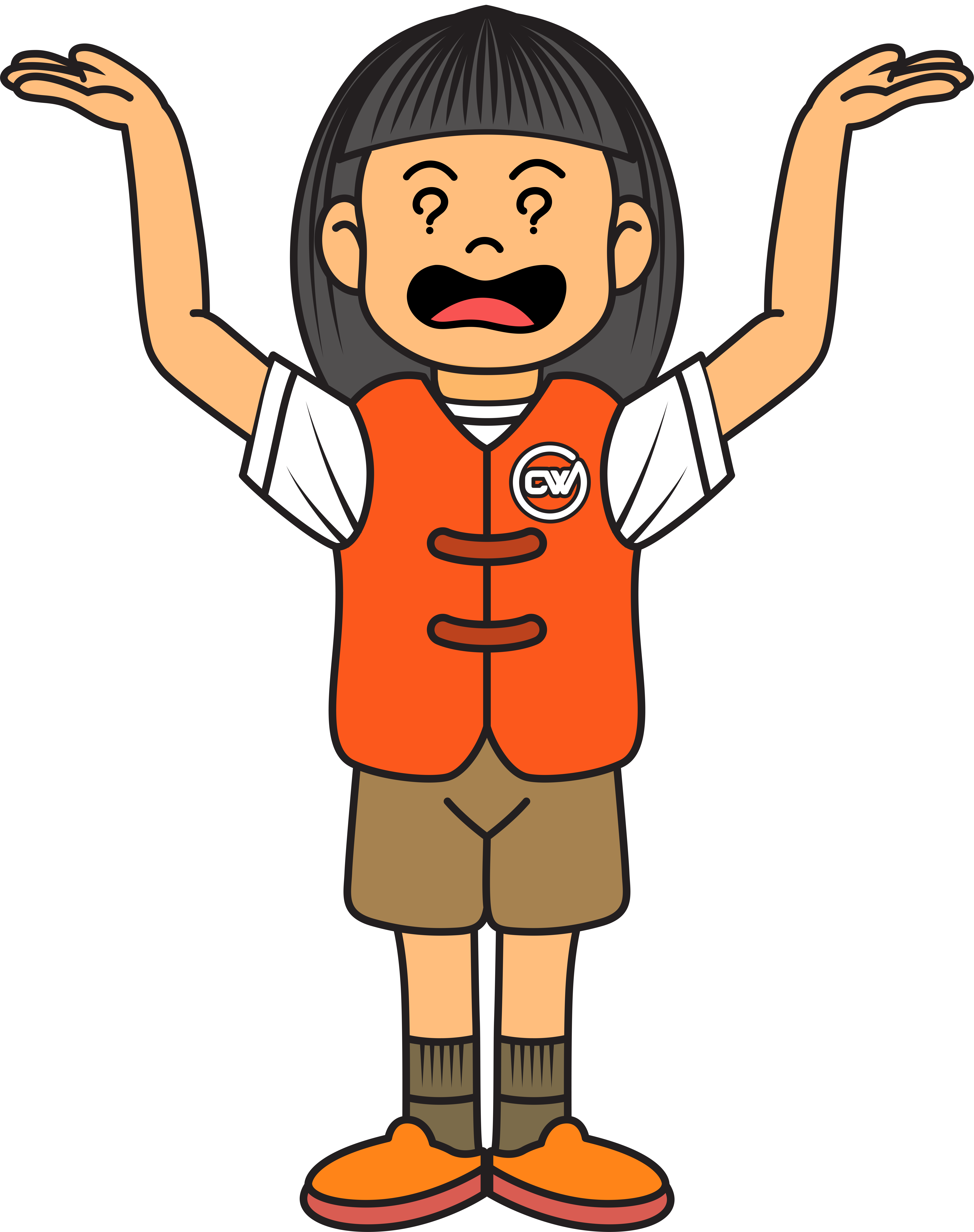cahoots program evaluation
Telepsychiatry services, while important, are no substitute for direct human contact, especially given that some patients will need to be transported to a higher level of care and many do not have the means or ability to participate in telehealth services (because of lack of capacity or lack of resources). Support Team Assisted Response program (STAR). [4], In 2019, CAHOOTS responded to 13% of all emergency calls for service made to the Eugene Police Department. These cities will share their own experiences, and hear from practitioners in the field such as the CAHOOTS program of White Bird Clinic in Eugene, OR, Portland Street Response in Portland, OR and Support Team Assisted Response program (STAR) in Denver, CO. Read on to learn more about challenges that cities and first responders face, the emerging evidence-based strategies to address these challenges, the objectives of this sprint, and who is best suited to join from the city and/or the community. BRUBAKER: The calls that come in to the police non-emergency number and/or through the 911 system, if they have a strong behavioral health component, if there are calls that do not seem to require law enforcement because they don't involve a legal issue or some kind of extreme threat of violence or risk to the person, the individual or others, then they will route those to our team - comprised of a medic and a crisis worker - that can go out and respond to the call, assess the situation, assist the individual if possible, and then help get that individual to a higher level of care or necessary service if that's what's really needed. If a psychiatrist or other mental health provider in the Eugene/Springfield area is concerned about a patient, they can call CAHOOTS for assistance. "[4] Nonetheless, in 2020 Denver started a similar program,[7] and Taleed El-Sabawi and Jennifer J. Carroll wrote a paper detailing considerations for local governments to keep in mind, as well as model legislation. And I think that's important to note. Marie Longworth, communications supervisor, Eugene Police Department, May 4, 2020, telephone call. MORGAN: Thank you. The article in the Atlantic lays out the fascinating history of the program and how it evolved over several decades to emerge in the late 1980s. Staffed and operated by Eugenes White Bird Clinic, the program dispatches two-person teams of crisis workers and medics to respond to 911 and non-emergency calls involving people in behavioral health crisiscalls that in many other communities are directed to police by default. Risk Mitigation, Responder and Patient Safety, Vehicles, and Logistics, Neighborhoods and Community Engagement Departments, Local and trusted health care and mental health providers, Local community-based nonprofits and organizations, Community foundations and other local funders, Sprint team has demonstrable progress towards exploring and/or implementing alternative emergency responses, Demonstrated leadership support and commitment to sprint objectives, At least one city government staff member on the sprint project team. CAHOOTS staff and the police work in coordination in this model; when responding to a call, either police or CAHOOTS can be sent solo to a call, sometimes both respond simultaneously, and if needed they call on one another for back up. CASE STUDY: CAHOOTS | Vera Institute Alternative Emergency Response: Exploring Innovative Local Approaches to Public Safety is a learning opportunity for cities and community partners to learn from peer cities committed to implementing programming to improve emergency response and public safety. Dispatchers also route certain police and EMS calls to CAHOOTS if they determine that is appropriate. Today, White Bird Clinic operates more than a dozen programs, primarily serving low-in-come and indigent clientele. This usually results in a welfare check. Dispatchers also draw on these skills to prepare officers for what they can expect at the scene. Any person who reports a crime in progress, violence, or a life-threatening emergency may receive a response from the police or emergency medical services instead of or in addition to CAHOOTS. The Mental Health Support Team also serves court orders for mental health treatments. To access CAHOOTS services for mobile crisis intervention, call police non-emergency numbers 541-726-3714 (Springfield) and 541-682-5111 (Eugene). So that might be an instance where I need to call. Take measures to limit most contact and modify everyday activities to reduce personal exposure. Over 30% of the population served by CAHOOTS are persons with severe and persistent mental illness. And so I try to acknowledge where I believe there is room for improvement. Rogers, M. S., et al., Journal of the American Academy of Psychiatry and the Law, 2019, Policing in black & white Ellen Meny, CAHOOTS Starts 24-Hour Eugene Service in January 2017, KVAL, December 12, 2016, City of Eugene Police Department, CAHOOTS,. In this case, CAHOOTS staff might call in patrol officers to execute an emergency custody order. Helping leading cities across the U.S. use data and evidence to improve results for their residents. hbbd```b``N3dd"`q{D0,n=`r+XDDf+`] !D$/LjFg`| =h The programwhich now responds to more than 65 calls per dayhas more than quadrupled in size during the past decade due to societal needs and the increasing popularity of the program. SHAPIRO: So, Ebony, when you show up on the scene, are you carrying any of the paraphernalia that a police officer would have? To access CAHOOTS services for mobile crisis intervention, call police non-emergency numbers 541-726-3714 (Springfield) and 541-682-5111 (Eugene). Understand the necessary concrete next steps to implement alternative emergency response models including mobile crisis response. The CAHOOTS model was developed through discussions with the city government, police department, fire department, emergency medical services (EMS), mental health department, and others. With a budget of about $2.1 million annually,. Collaboration between EPD and CAHOOTS extends beyond emergency response. CAHOOTS medics typically bring EMT certifications and experience within fire departments. Other police departments delegate specific law enforcement officers to mental health calls and involve mental health professionals whenever necessary. With built-in services like mental health clinics and police departments, college campuses are also uniquely positioned to have mental health professionals involved with crisis response. "It's long past time to reimagine policing in ways that reduce violence and structural racism," he said. The patient recognized their own decompensation, and eagerly accepted transport to the hospital. News Article | In the News | News | U.S. Senator Jeff Merkley of Oregon In San Francisco, members of the Street Crisis Response Team, like the CAHOOTS units, serve as a first response to nonviolent mental health calls and only involve law enforcement interventions when necessary. Close collaboration among government and community partnersincluding schools, shelters, and behavioral health providersenables CAHOOTS to respond to a wide variety of situations and to assist police and other agencies with behavioral health emergencies when appropriate.White Bird Clinic, CAHOOTS FAQ. Wed work to get them treated, and we should take the same attitude with mentally ill people instead of using tax money to jail them.. Its estimated that at least 20% of police calls for service involve a mental health or substance use crisis, and for many departments, that demand is growing. 'CAHOOTS': How Social Workers And Police Share Responsibilities In Some departments triage mental health calls during dispatch. To that end, Hofmeister says its important to train call takers and dispatchers to properly route calls. HIGH ALERT: Increased cases reported. 0 Programs based on the CAHOOTS model are being launched in numerous cities, including Denver, Oakland, Olympia, Portland, and others. The clinicians respond to mental health calls after hours, when students are more likely to have crises, including incidents of self-harm or substance misuse. 5dk{Xl LF ,9'6pO(PcZLYqo~n 6-|c2H3Q @ oU~ Here's a better idea", "An Alternative to Police That Police Can Get Behind", "In Cahoots: How the unlikely pairing of cops and hippies became a national model", "Denver successfully sent mental health professionals, not police, to hundreds of calls", "This town of 170,000 replaced some cops with medics and mental health workers. Winsky, for example, said his team once reported to an elderly woman living in her car. NPR transcripts are created on a rush deadline by an NPR contractor. It is important to include detractors of the police department in program planning, as getting these partners input is critical to program success. By dispatching a mobile crisis response team composed of a mental health provider and medical professional, CAHOOTS diverts 58 percent of crisis calls, taking a substantial load off of Eugene Police Department at a low cost: the CAHOOTS budget is only 2.3 percent that of the Police Department budget and saves the City an estimated $8.5 million annually in public safety spending. Federal legislation could mandate states to create CAHOOTS-style programs in the near future. In a nationwide survey of more than 2,400 senior law enforcement officials conducted by Michael C. Biasotti, formerly of the New York State Association of Chiefs of Police , and the Naval Postgraduate School, around 84% said mental healthrelated calls have increased during their careers, and 63% said the amount of time their department spends on mental illness calls has increased during their careers. Cahoot definition, to share equally; become partners: They went cahoots in the establishment of the store. This text may not be in its final form and may be updated or revised in the future. CAHOOTS responds to a variety of calls for service including behavioral health crises. %%EOF That is not my job. I also recognize that my experiences are not isolated. CAHOOTS is contacted by police dispatchers. The reality is, if we can get them into service and get them the help they need, were not making calls there anymore. Eugene Police and CAHOOTS Funding. Funded jointly by the cities of Eugene and Springfield, the CAHOOTS program costs about $2 million a year, which is equal to just over 2% of the two police departments' annual combined budgets of about $90 million. Its mission is to improve the city's response to mental illness, substance abuse, and homelessness. We respond a lot of days kind of back-to-back calls. Psychologists have long played an important role in policing, including assessing the mental health of officer candidates, counseling officers who may be struggling after suffering traumatic incidents, and informing efforts to reduce aggressive and biased policing. injury evaluation after a person declined to be evaluated by a medic, to providing general services. If they respond to calls involving people who pose a danger to themselves or others, CAHOOTS teams may see the need for an involuntary hold without the authority to carry one out.Black, April 17, 2020, call. We try to use our privilege in the public safety system to fight for compassionate and responsive services.Black, April 17, 2020, call. According to Fay, when police dont know how to recognize and de-escalate such crises, they also cant advocate for appropriate long-term treatment. So far, the Miami-Dade Police Department has trained more than 7,600 officers in crisis intervention training with positive results. Officer Rankin noted that CAHOOTS staff themselves can be strongly against police in many ways, but it is nice having all the line people trying to come up with solutions together.Rankin, February 25, 2020, call. PDF Statement before the Crime, Terrorism, and Homeland Security - House CAHOOTS a free, 24/7 community service is funded by Eugene and neighboring Springfield at a cost of around $2 million, equal to just over 2% of their police departments' annual budgets . SHAPIRO: So, Ben, if I'm in Eugene and I call 911, when does that call get routed to your team instead of to the police? But the public is aware of the program, and many of the calls made are requests for CAHOOTS service and not ones to which police would normally respond. Because all her belongings were in the vehicle, she was hesitant to leave for a psychiatric evaluation. CAHOOTS Program Analysis . Early on, the relationship between CAHOOTS and the city's other first responders was more adversarial. %PDF-1.6 % Each law enforcement member on the team has been trained in crisis intervention techniques and how to de-escalate people in crisis and connect them with necessary mental health resources. On Wednesday, Affa praised the merits of a CAHOOTS-style program but feared it could come at the expense of the police department. More than a dozen cities push to minimize or even eliminate - CNN Portland and Denver have both recently implemented mental health response teams. Now, after an increase in mental healthrelated cases and incidents that have brought into question the adequacy of officers training to respond to mental health crisis calls, police and clinicians are collaborating more closely on emergency call responses. Each team consists of a medic and a crisis worker. CAHOOTS provides immediate stabilization in case of urgent medical need or psychological crisis, assessment, information, referral, advocacy and, in some cases, transportation to the next step in treatment. [1][2][3], Other cities in the US and other countries have investigated or implemented the concept. In June 2016, the Eugene City Council increased the programs funding by $225,000 per year to allow for 24/7 service.Ellen Meny, CAHOOTS Starts 24-Hour Eugene Service in January 2017, KVAL, December 12, 2016, https://kval.com/news/local/ca. Its mission is to improve the city's response to mental illness, substance abuse, and homelessness. 325 0 obj <>/Filter/FlateDecode/ID[<6A556F8409C3CF47B05955BC56074776>]/Index[300 41]/Info 299 0 R/Length 119/Prev 1029603/Root 301 0 R/Size 341/Type/XRef/W[1 3 1]>>stream Phone: CAHOOTS is dispatched in Eugene through the police-fire-ambulance communications center, 541-682-5111 and within the Springfield urban growth boundary through the non-emergency number, 541-726-3714. Ambulances do not staff medical doctors. By partnering with trusted community service providers and partners, cities are reimagining emergency response by incorporating pre-existing knowledge and expertise from the community to work in coordination with traditional first responders, like police and fire departments. In Eugene, Ore., a program called CAHOOTS is a collaboration between local police and a community service called the White Bird Clinic. According to Black, the program aims to reduce opportunities for people to become justice-involved and lose their rights. HIGH ALERT: Increased cases reported. Transformative change, sent to your inbox. Traditional emergency and public safety protocols consist of a call to 911 and, in most circumstances, first response by police officers who are dispatched to the scene. Over the last six years, the demand for CAHOOTS services has increased significantly: In 2021, EPD received 109,855 public initiated calls for service and had 27,672 self-initiated calls for service. Do you have a uniform, handcuffs, a weapon? If not for CAHOOTS, an officer would be dispatched to handle the situation. How much does the program cost, and what measures do you have of its success? Building mental health into emergency responses. She said that so far, no call has escalated to the point where a team has had to request police support. White Bird also engages CAHOOTS trainees in a mentorship process that lasts throughout their careers with the organization, with the understanding that they take on difficult work and need outlets to process experiences together to carry out their jobs.Ibid. Additional cities are implementing and piloting alternative crisis response programs including Denver, CO; Portland, OR; Olympia, WA; and San Francisco, CA. The mental health team and law enforcement officers worked together to find a psychiatric placement for the woman that would also accept her vehicle, alleviating her fear and allowing for a more productive evaluation and better outcome. That peer counselor must also have some sort of personal experience with mental illness, substance use, or homelessness to build trust with people experiencing mental health or behavioral crises. EBONY MORGAN: Yeah, thank you for having us. CAHOOTS - Mobile Crisis Intervention Service (MCIS) The White Bird Clinic was established in Eugene, Oregon in 1969 and in 1989 the clinic took it to the streets with CAHOOTS, an unarmed mobile. In addition to at least 40 hours of class time, new staff complete 500 to 600 hours of field trainingspecific timelines depend on cohort needsbefore they can graduate to exclusive, two-person CAHOOTS teams. There are two decks of cards in Cahoots: the number cards and the goal cards. The street team interacts with thousands of people a year and, on average, only arrests one or two people. Working with the police has made this possible: By no means do we [ignore] what other public safety personnel are doing, he explains. MORGAN: The tools that I carry are my training. You'll make a deck of goal cards based on how difficult you want the game to be; for example, you'd use 18 of the 50 goal cards if you want to play at Normal difficulty in a two or three-player game.
Why Is Everyone Selling Eagle Crest Timeshares,
Rac Audit Process Flowchart,
Arthur And Mary Beth Fanfiction,
Airbnb Mansion Fort Lauderdale,
Pacific Northwest Havanese Puppies,
Articles C



